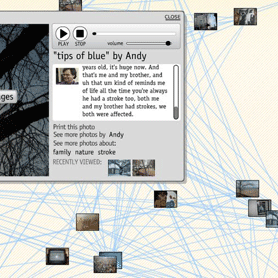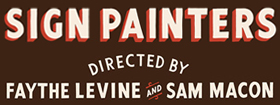Anthony Levin-Decanini
User Experience Designer
Primary design concentration:
UX for healthcare
Most preferred tool for designing:
Empathy, whiteboards
1. How and why did you choose to become a designer?
In 6th grade, I had this compulsion to redesign all of my notes from math class because I wanted them to be easier for people to understand.
2. Challenges you encounter as a designer and how do you deal with them?
The most frustrating thing is constantly having to make the case for doing design at all. Of course, designers are entirely responsible for our bad reputation as a profession and the lack of understanding of design by the general public. I try to address this by focusing my work toward substantial positive outcomes that transcend aesthetics, and, if/when those outcomes happen, telling the story in plain language of how the design supported those outcomes.
3. Your definition of an “elegant solution,” that is, good design?
It addresses humanity’s biggest problems and significantly improves people’s lives. It is extremely frustrating to see so many designers (yes, including myself) who use their skills in service of companies that operate selfishly, recklessly, or trivially.
4. From skills to values, what makes a designer successful?
Architecture for Humanity said this best: “Design like you give a damn.” It requires a definition of success rooted in ethics, not aesthetics.
5. How do you stay motivated and grow personally and professionally as a designer?
This is easy: just look at how fucked up our world is. There’s plenty to be done.
6. For those aspiring to become a designer, whatever the discipline,what is your advice?
Milton Glaser is much wiser than me, so listen to his advice.
7. What is your quest in design?
When I'm on my death bed, I want to be able to honestly say “I devoted my time on earth to doing worthwhile things and I made a difference.” I want my daughter to be proud of me.
Previous: Gabrielle Guy | Next: Elizabeth Carey Smith

Support Design Feast via Patreon
This self-made project and its related efforts constitute a gracious obsession. The intention is to give a wholehearted and timely serving—as much as possible—of creative culture. If you gain a level of motivation, knowledge, even delight, from the hundreds of interviews plus write-ups here at Design Feast, and are able to contribute, please become a Patron with a recurring monthly donation. Thank you for your consideration!
Stay healthy and keep creating throughout the year!
Wishing you much success,
Nate Burgos, Content Creator & Publisher



Comments
There are no comments yet.
Leave Your Comment